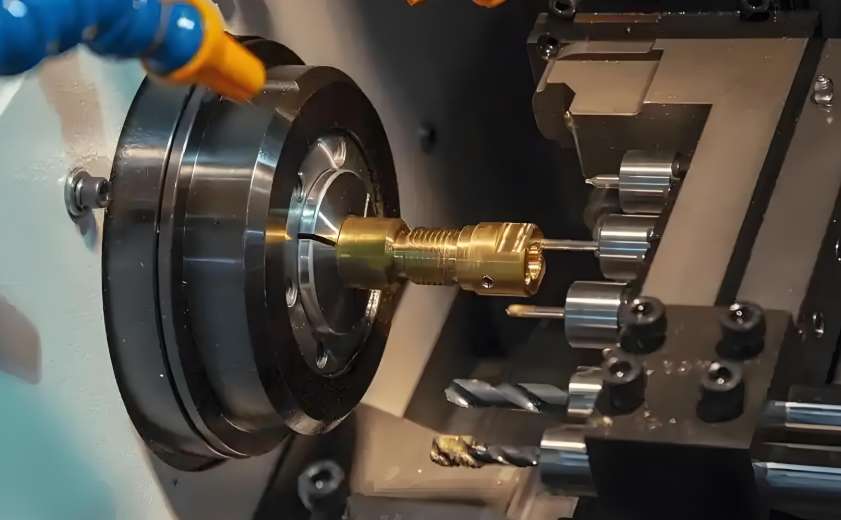
When heat becomes the ultimate bottleneck for the performance of electronic devices, the copper cold plates circulating within liquid-cooling systems emerge as silent guardians. Red copper and oxygen-free copper, with their innate thermal conductivity advantages, dominate the core of heat dissipation. The free electrons within the metal act as efficient heat transfer messengers, swiftly carrying thermal energy away from the heat sources. However, the purity of this material allows no room for compromise. Impurities, like obstacles on the heat transfer pathways, can significantly reduce the cooling efficiency with just a slight deviation.
Yet, the very enthusiasm of copper also brings intractable troubles. Exposed to air or liquid, its surface is highly susceptible to oxidation and discoloration. The originally bright metal gradually dims, and its thermal conductivity quietly deteriorates. An even more insidious threat comes from within the sealed liquid-cooling system, where the long-term flushing and soaking by the coolant lead to quiet corrosion. This dual erosion not only damages the appearance but also undermines the reliability of long-term heat conduction. Every minor change on the surface can become the starting point for system instability.
The complex microchannel waterway design brings a leap in cooling efficiency but puts shackles on the manufacturing process. The soft nature of copper becomes a double-edged sword during precision machining. Any carelessness in stress and heat control during processing can easily lead to minor deformations or leave burrs on the narrow waterway walls that are hard to remove. These microscopic defects, like lurking reefs, obstruct fluid flow and interfere with cooling performance. Only the combination of five-axis CNC equipment and customized tool path planning can precisely machine complex three-dimensional structures on this soft base material, ensuring uniform and smooth waterway wall thickness and achieving the required surface finish for fluid flow.
Surface treatment is the ultimate armor that endows copper cold plates with long life and reliability. Common treatments include electroplating with nickel, electroless nickel plating, and specialized passivation processes. The electroplated nickel layer physically isolates the copper substrate from contact with the external environment. Electroless nickel plating generates a phosphorus-nickel alloy layer with good thermal conductivity and excellent corrosion resistance, which can more uniformly cover complex internal cavity surfaces and deep microchannels. Passivation treatment induces the formation of a thin, dense inert oxide film on the copper surface through chemical reactions, actively suppressing its subsequent oxidation tendencies.
Successful manufacturers must understand the language of copper, grasp the essence of cooling design, anticipate failure modes in liquid environments, and integrate this understanding into every minute detail of the manufacturing process. Only in this way can the thermal conductivity of the metal be stably unleashed in harsh environments, becoming the truly reliable thermal conduction cornerstone behind high-power systems.
To explore more possibilities in the manufacturing of precision copper liquid-cooling cold plates, please visit: www.simituo.com